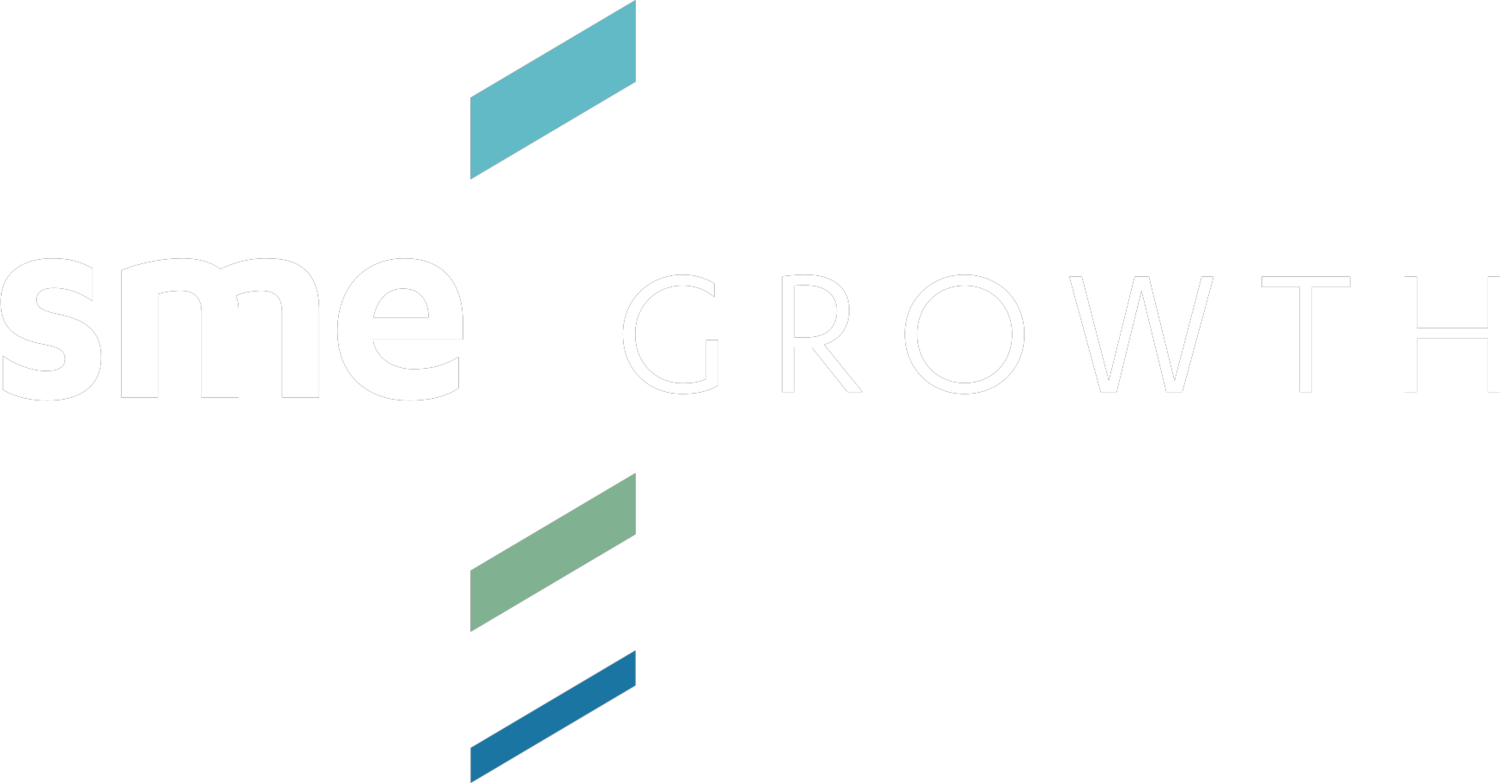
Get More From Your Marketing
How to grow your SME business without spending more on marketing
It can be tough as a small to medium-sized business owner to grow your business. You’ve got many different pressures on you every day, and wear almost every ‘hat’ in the business; spending time with customers, preparing quotes or proposals, sending out invoices, paying the bills, and of course managing staff. There’s barely time left to do the work you love. Little wonder then that sales and marketing is one area that’s tough to spend time on.
To help out, we’ve outlined below eight simple questions to ask yourself, that can help you to quickly identify any areas of marketing and sales that might need your attention, so that you can drive more sales into your business.
1. Do your customers have a reason to choose you over your competitors?
From a marketing standpoint, having a strong point of difference – a reason for customers to choose you over others – is one of the most important things you can do for your business. When done well, it should be apparent in practically every area of your business, making it easy for your customers to point out to others why they too, should choose you.
If your business does have a clear point of difference, it should be easy for you and your staff to identify. If you’re struggling to come up with any reasons that set you apart from your competitors, it’s definitely time to give this area of your business some focus.
2. Do you know who your ideal customer is?
Many business owners struggle to define a clear and highly specific description of their ideal customer. Instead, they rely on broad phrases like “everyone over 18” or “all women over 25”. The truth is, no matter how broadly you think your product or service appeals to people, there are a core group of people who will love it.
Importantly, these are the same people who will tell others about it and rave about you on social media or at friend’s BBQ’s. In marketing speak, they’re referred to as your target audience. It’s not everyone who might buy from you, just the people you most want to buy from you. Are you clear on who they are? If not, how do you expect to find more of them? If you’re clear about who you’re trying to reach, here’s a great way to connect with your target audience?
3. Do your ideal customers know who you are?
Bigger brands often talk about being top of mind with their audience. What this means, is that as an ideal customer starts to research the type of product or service you sell, are they thinking of your brand as one that they want to find out about. In other words, are you in their consideration set? In years gone by, this meant spending lots of money on advertising in order to build awareness of your business so you could occupy a spot in the customers mind.
Today, smart use of customer reviews, Google profiles, social media and good website content can help to do a lot of the heavy lifting – good news for smaller business who don’t have deep pockets to fund lots of advertising. For many of us, we’ve forgone our memories in favour of a simple Google search, but that still requires some effort in creating a presence so that your business can show up at the right time for your ideal customer. However, even if the right customer does find your business, is what they find inspiring enough for them to want to find out more?

4. What would an ideal customer discover about you?
If you’ve been successful enough in capturing the attention of your target audience, it’s likely that they’ll take a look at your website to find out a bit more about you. The question is, what do they want to know and, can they find it? With this in mind, it pays to think of your website as simply a platform to answer the initial questions your future customers might want to answer, before they commit to contacting you.
Does your site do this well, or is it difficult to find an answer to the most obvious questions that people want an answer to? Coming back to your point of difference, as outlined in the first question, is there an obvious reason why your audience would want to connect with you rather than a competitor?
5. What happens when a potential customer contacts you?
It’s often surprising for business owners to know how potential new customers are treated by their staff. Whether a first enquiry comes by phone, email, online form or an in-person visit, the response should be both professional and – ideally – closely aligned with your position. For many businesses however, this is simply not the case.
Where an owner might assume that their team are handling new enquiries in much the same way as they would, our experience suggests that the actual experience for customers is often to a much lower standard. The obvious questions then are: How do you expect new customer enquiries to be handled? And, how well trained are your staff to deliver on that expectation?
6. How well is your sales process working?
Assuming you’ve been able to handle initial enquiries well, your business might be given the opportunity to launch into your sales process. The detail and complexity of this will vary significantly from one business to another. Some sales can be quick and simple, involving only one or two short steps, others can be drawn out over weeks or months involving multiple stages of information gathering and decision making – every step of which by the way, should be reinforcing and demonstrating your point of difference in the market.
Regardless of the number of steps in your sales process, it pays to understand how well you perform at each step. This can allow you to identify specific areas in your process where you’re falling short, and also give you greater clarity on how many leads you typically require to close a sale. We’re often surprised at how many business owners we meet who claim to have a conversion rate of 80-90%. When we dig a little deeper, we often find that this is simply the conversion rate on the very last step, but if the entire process, from initial enquiry to sale is considered the conversion rate is more like 10%.
Understanding where prospects are falling off, then remedying identified issues can add huge sales growth without any need for additional spend promoting the business.
7. How satisfied are your customers?
It used to be an expensive and time consuming exercise to try to gauge clear feedback from your customers on how satisfied they are with what you do for them. Today, it’s become much much easier and more cost effective, yet there are still thousands of small and medium-sized businesses who don’t bother to see what they’re doing well and, what needs improving.
By simply finding out what people love and loathe about your business, you can learn where to invest your time and resources to ensure you end up with customers who rave to others about what you do. Think about it this way… how many of your customers would happily give you a 5-star review on Google? Understanding customer satisfaction can add real value to your business – after all, word of mouth is, and probably always will be, the cheapest form of advertising.
8. Are you asking for referrals?
If you’re a business that has a bunch of great customers who tell you how great you are, that’s fantastic news. But, what are you doing with it? Often, customers rave to you, but they’re not necessarily doing the same with others – the same others who you’d love to have as customers.
Finding ways to encourage your satisfied customers to encourage people like them to connect with you is key to low cost growth for your business, and can also help to improve your sales conversion rates, as a referred prospect is much more likely to turn into a satisfied customer.
When it comes to asking for referrals, or developing a referral/incentive program for your business, just be sure it’s aligned with your business position and reinforces what a customer already knows to be true about you.
What next?
The questions we’ve outlined are designed to help you identify possible blocks in the various stages new customers work through as they engage with your business. We refer to it as the Customer Engagement Process. If there’s a significant block in one area, it usually means you’re losing possible customers who might otherwise have been keen to buy from you.
Hopefully, the questions and information outlined above will prove useful in helping you to focus your priorities for marketing and sales.
We can help your business grow.
Learn more about our approach to growing businesses, or arrange a no obligation chat, by clicking the button below.
